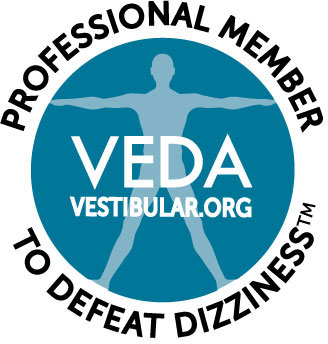Nystagmus is a condition that most people have never heard of, which is actually fairly common. It is characterized by rapid, involuntary, uncontrollable eye movements. With normal vision, signals from the semicircular canals in the ears are sent to the extraocular muscles of the eyes, and as the head rotates, the eyes move in the opposite direction to keep the gaze focused on whatever object is in their line of sight.

Eye viewing digital information represented by circles and signs, background depth of field. Technology concept. 3D Rendering
When nystagmus is present, the semicircular canals are being stimulated when the head isn’t moving, making the eyes move spontaneously. There are three eye movement patterns that nystagmus can follow, depending on the semi-circular canal that’s being stimulated:
-
Vertical nystagmus (up-and-down eye movements).
-
Horizontal nystagmus (side-to-side eye movements).
-
Rotary nystagmus (eyes move in a circle).
The eye movements inherent with nystagmus can range from fast to slow, and usually occur in both eyes. This shaking of the eyes can increase when the eyes move in a certain direction, though turning or tilting the head can slow the movements and help people with nystagmus see more clearly.
The Two Types of Nystagmus
Nystagmus can exhibit itself in both children and adults, and can be categorized into two different types:
-
Congenital or early-onset nystagmus. This form of nystagmus usually appears in infants between six weeks and three months of age. Children with congenital nystagmus often experience it in both eyes and have the more common form of the condition, which is horizontal nystagmus. Doctors are usually unclear as to what is causing it, although it is at times inherited, passing from the parents down to the child. Children with the condition are generally unaware of its occurrence, as they don’t view things as “shaking.” The vision can be impaired, however, depending on the rapidity of the movements. In children, blurred vision is the most common symptom of nystagmus.
-
Acquired nystagmus. As the name suggests, this type of nystagmus appears later in childhood, or even into adulthood. The cause of acquired nystagmus is often idiopathic (meaning it is unknown), though certain factors can bring it on, such as drug and alcohol use or head trauma. Serious medical conditions like multiple sclerosis, Meniere’s disease or other balance disorders can also influence its appearance. In the elderly, stroke is the most common cause of nystagmus. One way in which acquired nystagmus is different than congenital nystagmus is that it makes the vision of those who experience it look shaky.
Contact the Neuro Visual Center of New York
It just so happens that Dr. Israeloff recently saw a patient with vertical nystagmus. The aligning prismatic lenses prescribed by our doctors can help patients with vertical nystagmus to function. If you think you may be experiencing the same condition, don’t hesitate to call the Neuro Visual Center of New York at (516) 224-4888 to learn more about what we can do for you.





